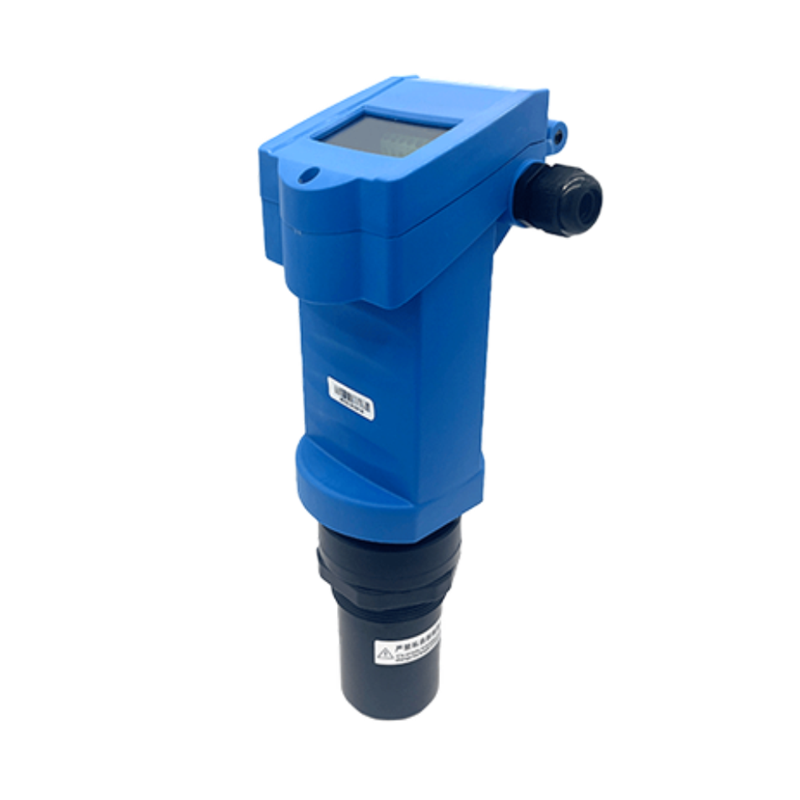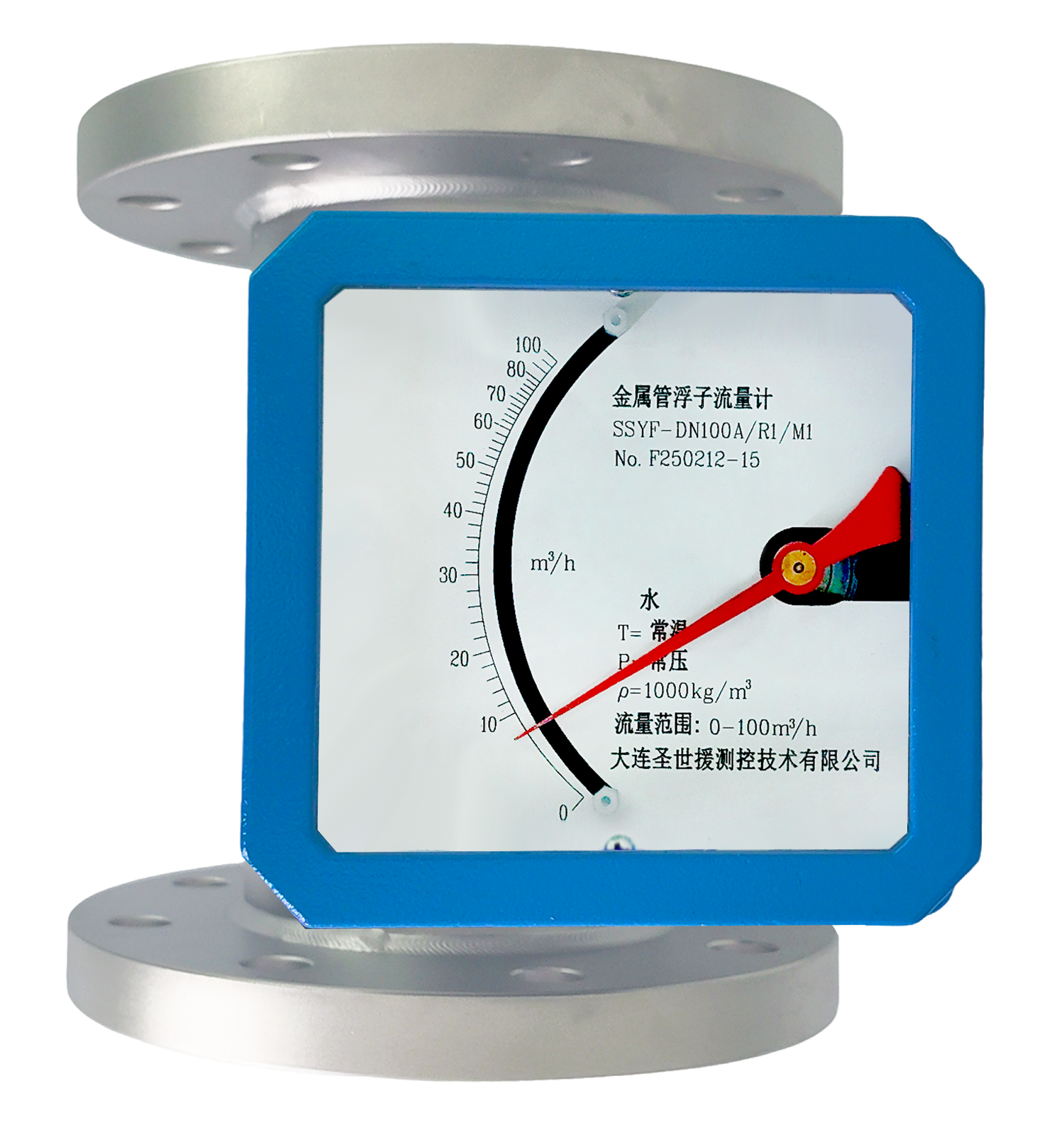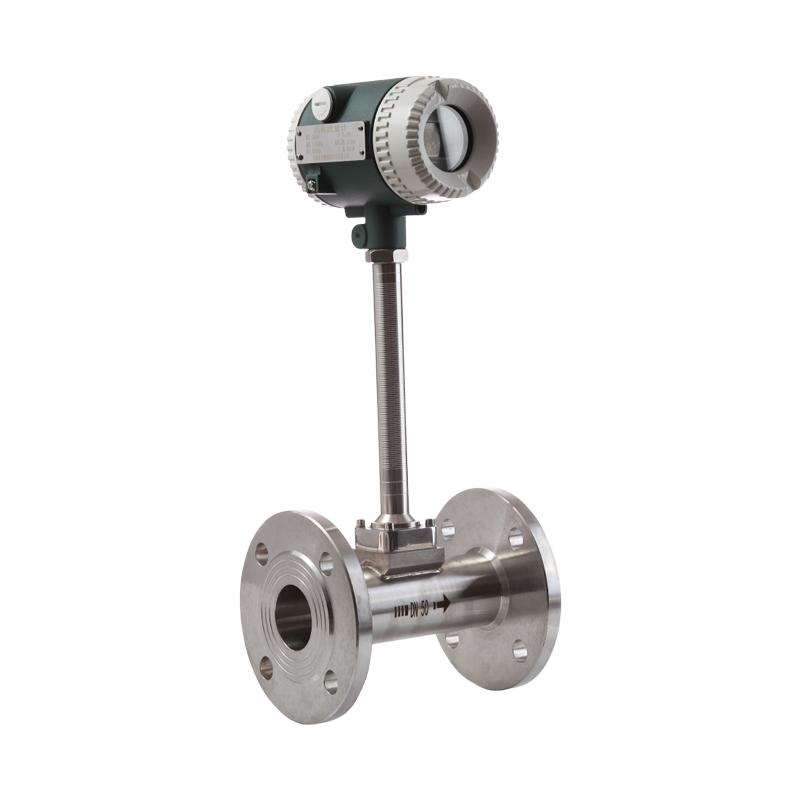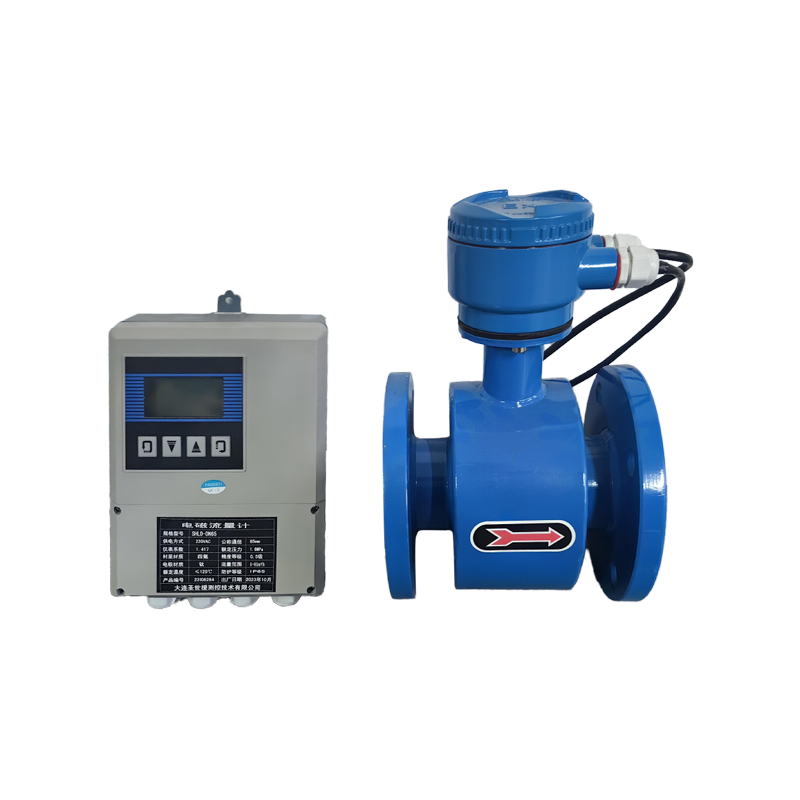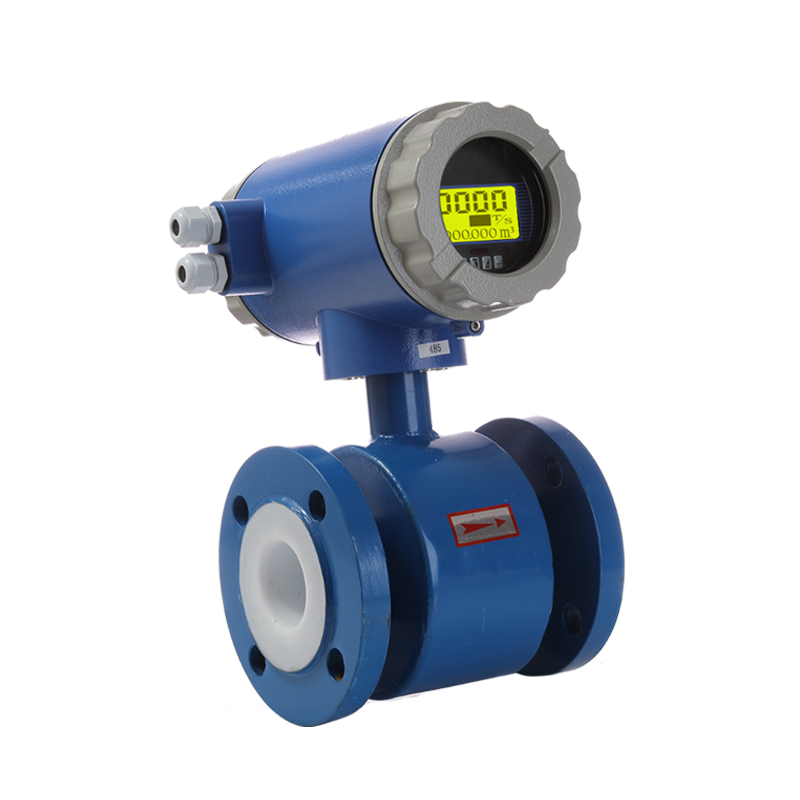Other flow meters
Liquidometer mainly measures the liquid level based on a variety of physical principles. Common ones include the buoyancy principle, such as the float-type liquidometer. The float floats up and down with the rise and fall of the liquid level, and the position of the float is converted into a signal of the liquid level through a mechanical structure or sensor. There are also liquidometers based on the static pressure principle. According to the relationship that the static pressure at the bottom of the liquid is proportional to the liquid level, the static pressure is measured by a pressure sensor to obtain the liquid level. In addition, there are liquidometers based on ultrasonic and radar principles. They emit wave signals, and the waves are reflected back after encountering the liquid surface. The liquid level is calculated based on the propagation time of the waves.
Turbine flowmeter is a precision instrument widely used in the field of flow measurement.
Vortex flowmeter is an advanced instrument for flow measurement based on the principle of fluid vibration, and it occupies an important position in the field of industrial flow measurement.
Precession vortex flowmeter is an advanced flow measurement instrument that plays a key role in fluid flow monitoring in many industries. It uses the principle of vortex precession in fluid mechanics to achieve accurate measurement of fluid flow.
Split type electromagnetic flowmeter
Split type electromagnetic flowmeter is an advanced instrument specially designed for accurately measuring the flow rate of conductive liquids. It consists of two parts: sensor and converter, which can be installed separately. This unique split design enables it to adapt to a variety of complex installation environments.
Electromagnetic flowmeter is based on Faraday's law of electromagnetic induction. When a conductive fluid flows in a magnetic field, an induced electromotive force is generated. The magnitude of the induced electromotive force is proportional to the flow rate of the fluid, so the flow rate of the fluid can be accurately obtained by measuring the induced electromotive force.

